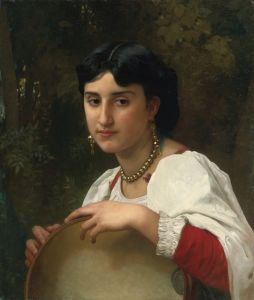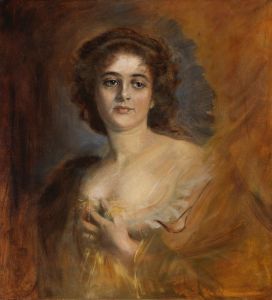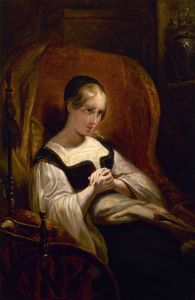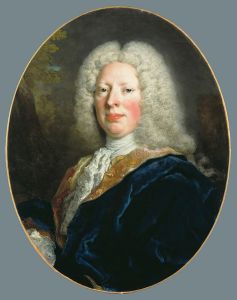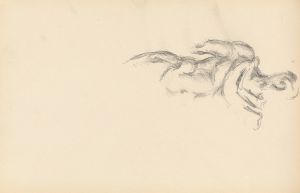
Portrait of a Woman
A hand-painted replica of Nicolas de Largillière’s masterpiece Portrait of a Woman, meticulously crafted by professional artists to capture the true essence of the original. Each piece is created with museum-quality canvas and rare mineral pigments, carefully painted by experienced artists with delicate brushstrokes and rich, layered colors to perfectly recreate the texture of the original artwork. Unlike machine-printed reproductions, this hand-painted version brings the painting to life, infused with the artist’s emotions and skill in every stroke. Whether for personal collection or home decoration, it instantly elevates the artistic atmosphere of any space.
Nicolas de Largillière was a prominent French painter known for his portraits, which captured the elegance and opulence of the late 17th and early 18th centuries. One of his notable works is "Portrait of a Woman," which exemplifies his skill in portraying the aristocracy and bourgeoisie of his time with great attention to detail and a keen sense of character.
Largillière was born in Paris in 1656 and spent part of his early career in Antwerp and London, where he was influenced by the Flemish and English schools of painting. Upon returning to France, he became a member of the Académie Royale de Peinture et de Sculpture in 1686, which solidified his reputation as a leading portraitist of the French elite.
"Portrait of a Woman" is a testament to Largillière's mastery in capturing the textures of fabrics and the subtleties of human expression. The painting typically features a woman of high social standing, dressed in the luxurious attire characteristic of the period. Largillière's portraits often include intricate details such as lace, silk, and jewelry, which not only showcase his technical skill but also reflect the wealth and status of his subjects.
The composition of "Portrait of a Woman" is likely to follow Largillière's conventional style, with the subject positioned in a graceful pose, often with a slight turn of the head or a gentle gaze that engages the viewer. The background is usually understated, allowing the focus to remain on the sitter, yet it often includes elements that suggest the subject's social milieu or personal interests.
Largillière's ability to convey the personality and status of his sitters made him a favorite among the French nobility and affluent bourgeoisie. His portraits are characterized by their vibrant color palette and the lifelike rendering of textures, which were achieved through his adept use of oil paints. The artist's attention to detail and his ability to capture the essence of his subjects have led to comparisons with his contemporaries, such as Hyacinthe Rigaud, another leading portraitist of the time.
While specific details about the identity of the woman in "Portrait of a Woman" may not be documented, the painting remains an important example of Largillière's work and the broader trends in portraiture during the Baroque period. His portraits are celebrated for their elegance and the insight they provide into the fashion and social dynamics of 18th-century France.
Largillière continued to paint until his death in 1746, leaving behind a legacy of portraits that offer a window into the lives of the French elite during a time of significant cultural and political change. His works are housed in major museums and collections around the world, where they continue to be studied and admired for their artistic and historical significance.





